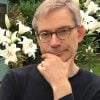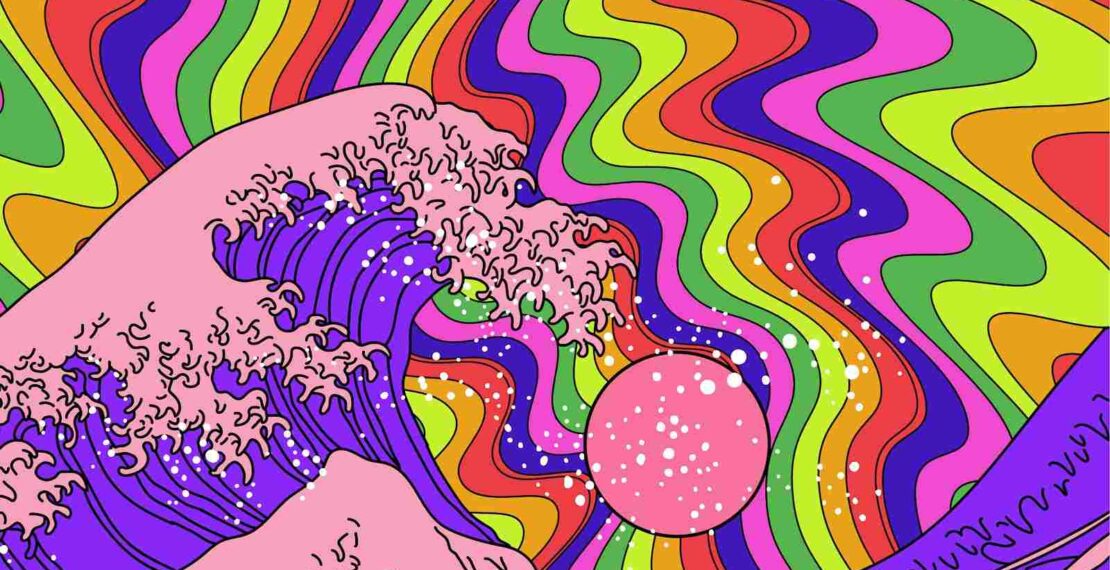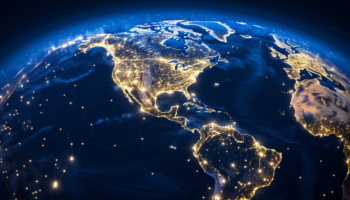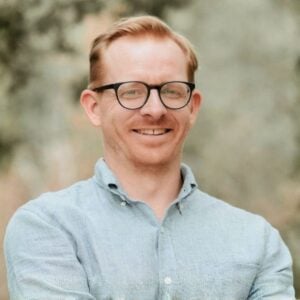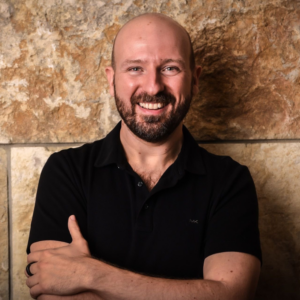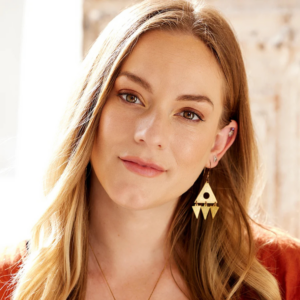We are blessed to find ourselves living at a sweet spot in psychedelic history: a point in time when ancient wisdom, legal reforms, science, and psychotherapy have come together to offer unprecedented opportunities for the safe use of these transformative substances.
The psychedelic renaissance has become known as the Third Wave, but we may be nearing the crest of this wave as so many of its early aspirations come to fruition. To understand why, it will help to review how we arrived at this perfect moment in psychedelic history. It’s been a long time coming.
The First Wave
“We have drunk Soma and become immortal; we have attained the light the Gods discovered,” brahmin priests wrote in their sacred text, the Rig Veda.
In prehistoric times, more than a thousand years before the birth of Christ, an elite class of holy men in northern India were drinking Soma, a psychedelic brew of uncertain origins that gave them mystical insights that they believed to be theirs alone.
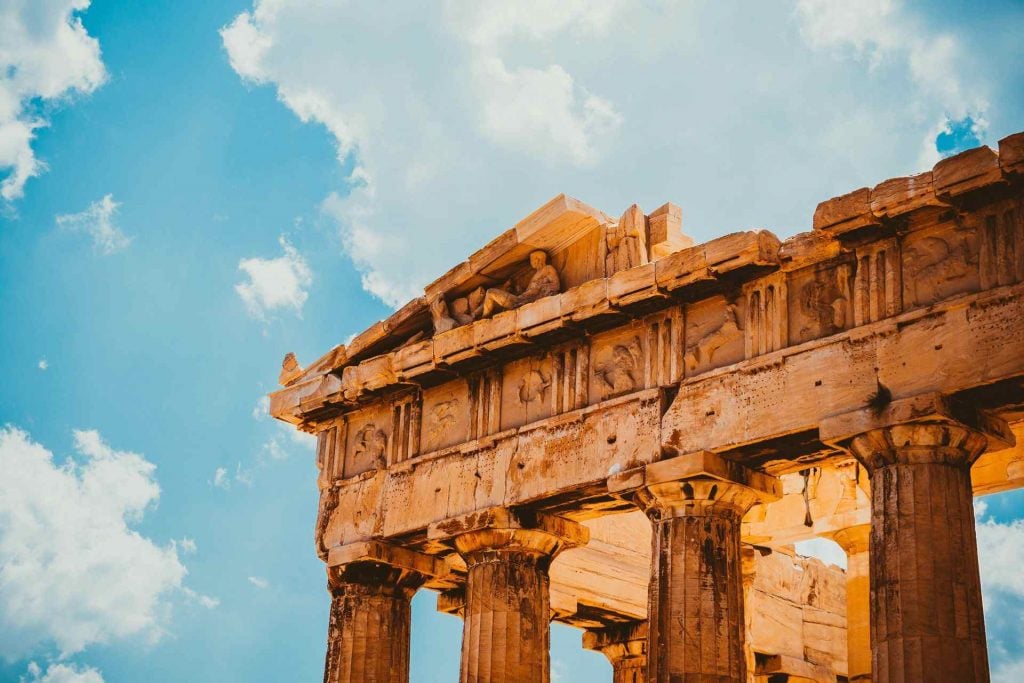
In Ancient Greece, at around the same time, a select few were being initiated into the Eleusinian mysteries, imbibing a hallucinogenic wine called kykeon before descending into the underground temple at Eleusis where they learned the truth about death and rebirth.
Halfway across the world in North America, indigenous Americans were opening their minds by eating psilocybe mushrooms and the mescaline-containing buttons of peyote cacti. Meanwhile, in South America, shamans were drinking a DMT-infused brew called ayahuasca to commune with the spirits of animals and divine the future.
This was the First Wave of psychedelics, which would eventually be snuffed out or driven underground by the advance of Christianity and other organized religions.
It is worth noticing that, in ancient times, these entheogenic or “god-revealing” substances appear to have been largely the preserve of priestly and social elites. With the arrival of the Second Wave, after a Swiss chemist called Albert Hofmann accidentally synthesized LSD in 1938, psychedelics would explode into the mainstream.
The Second Wave
Thanks in large part to the revolutionary ardor of Timothy Leary, whom Richard Nixon supposedly dubbed “the most dangerous man in America” because of his association with the counterculture, the Second Wave came to an abrupt end with the legal prohibition of all psychedelic substances in the early ’70s.
But there was a lot more to the Second Wave than turning on, tuning in, and dropping out.
This phase also marked the rediscovery of the ancient roots of these special substances, beginning in 1955 when Valentina and R. Gordon Wasson visited the curandera María Sabina in Mexico. Sabina allowed Gordon to attend a ceremony and eat the sacred mushroom, which was later identified as Psilocybe mexicana and dubbed the “magic mushroom” by an editor at Life Magazine.
Hofmann’s lab would go on to isolate the mushroom’s main psychoactive ingredient, psilocybin, then synthesize it.
In the following decade, clinical studies of psychedelics began in earnest after the discovery that LSD held enormous potential for treating depression and addiction. By 1965, more than a thousand clinical research papers about LSD had been published, reviewing the treatment of around 40,000 patients. Specialist treatment centers were established and international conferences held.
There were also notable misuses of this powerful drug, however, not least a misguided (and unsuccessful) form of gay conversion therapy and Project MK-Ultra led by the CIA.
Then came the escape of LSD into popular culture, “heroic trips”—and legal prohibition.
The Third Wave
Rehabilitation began in 1999 when Roland Griffiths initiated a research program at Johns Hopkins University to explore the use of psilocybin to treat psychological distress in cancer patients, people with depression, and smokers addicted to nicotine.
Crucially, Griffiths and his colleagues also began to explore the use of psychedelics in conjunction with meditation, with a view to integrating the insights provided by the drugs into everyday, ordinary consciousness. With this in mind, they also rediscovered the importance of spiritual, even religious, insights that patients had under their influence.
Unlike the Second Wave, psychedelic therapy in the Third Wave incorporates ideas about integration. Rather than seeing the drugs as a one-off, quick fix, the Third Wave envisions the “trip” as the beginning of a lifelong journey—a journey that includes not only modern psychotherapeutic techniques (the third wave of cognitive behavioral therapy), but also elements of ancient wisdom, including yoga and meditation, creative pursuits, and engagement with nature and society at large.
Hofmann foresaw the marriage between drugs and meditation, even as his own creation spun out of control after its escape from the lab and the clinic into popular culture.
In 1979, he wrote in LSD: My Problem Child: “I believe that if people would learn to use LSD’s vision-inducing capability more wisely, under suitable conditions, in medical practice and in conjunction with meditation, then in the future this problem child could become a wonder child.”
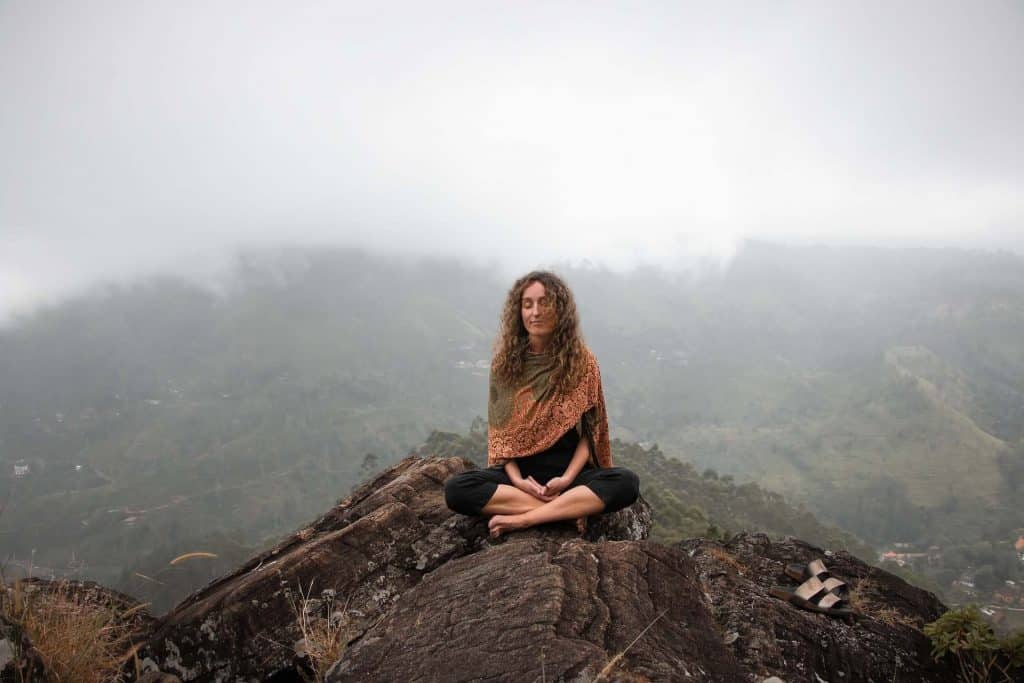
Coming Full Circle
In some ways we’ve come full circle, returning to the yoga and soma of the brahmins in Ancient India. But these insights are no longer the sole preserve of religious and spiritual elites. Instead, in recent years we’ve seen Buddhist and Hindu practices such as mindfulness and kundalini yoga become part of everyday culture, available to all.
We have also seen Mindfulness-Based Stress Reduction and Mindfulness-Based Cognitive Therapy become commonplace tools in medical practice for treating mental illness. And we’ve seen the safe, measured use of psychedelics incorporated into meditation retreats.
We may also have arrived at the pinnacle of integration in psychedelic retreats such as those run by Synthesis and Alalaho.
From my own experience, I can attest that retreats such as these are the crest of the Third Wave. They encompass not only the trip itself, but also healing circles, one-to-one consultations, and exercises in authentic communication, mindful eating, and nature connectedness… not to mention dance, art, music, creative writing, meditation, and yoga.
Third Wave founder Paul Austin described the process of integration to David Van Nuys in an interview on Shrink Rap Radio in 2018: “How can we start to integrate this experience so that, when we go home, it’s not just a drug experience that happened, it’s an experience of transformation that allows us to have better relationships, that allows us to be more effective in creative or leadership positions, that allows us to heal from things that have happened in our past.”
He talked about creating a cultural infrastructure that rises above our need to prove ourselves through money and status. It’s a vision that chimes not only with the development of a more holistic view of mental wellness and healthcare, but also a more enlightened conception of our role as planetary stewards and the optimization of human consciousness.
With the help of insights afforded by altered states, carefully integrated into everyday consciousness, we can start to build ecosystems and businesses that are more sustainable, and communities that allow every individual to flourish.
Far from being a narrow, exclusive club for psychonauts and shamans, the Third Wave embodies a vision for a new, more holistic view of what it means to be human and our place in the world.
